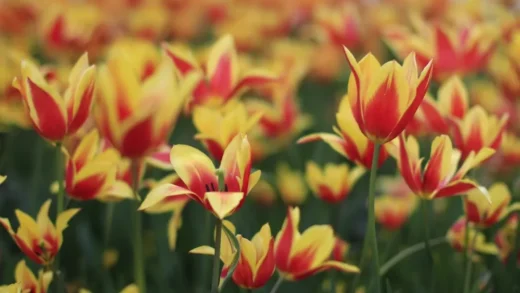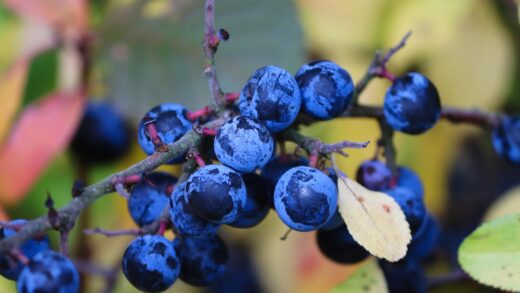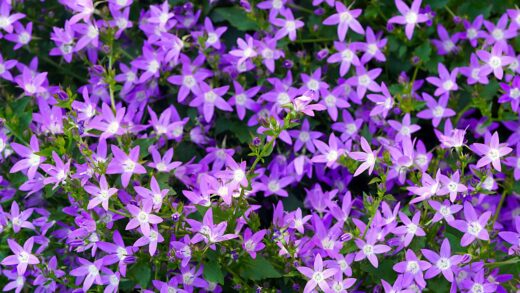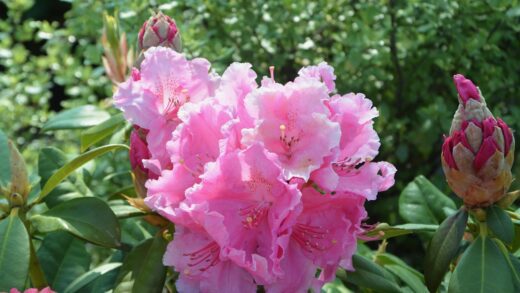Pruning is an essential and transformative practice in the cultivation of passion flowers, serving purposes far beyond simple size control. For these naturally vigorous and fast-growing vines, a strategic approach to cutting back is fundamental to promoting plant health, stimulating abundant flowering, and maintaining an attractive, manageable shape. Without regular and considered pruning, a passion flower can quickly become a dense, tangled mass of non-productive stems, with reduced air circulation and a diminished floral display. Mastering the techniques of pruning unlocks the full potential of the vine, directing its energy towards the production of healthy new growth and a profusion of its spectacular, intricate blooms.
The primary reason for pruning a passion flower is to encourage the development of new shoots, as it is on this new growth that the vast majority of Passiflora species produce their flowers. Old, woody stems from previous seasons are generally not floriferous. By cutting back the vine, you stimulate the plant’s dormant buds to break and produce a flush of fresh, vigorous, and flower-bearing stems. This annual renewal process is the key to ensuring a spectacular display year after year and is the single most important reason why pruning should not be neglected.
Pruning also plays a vital role in maintaining the overall health of the plant. The removal of dead, damaged, or diseased wood is a critical aspect of garden hygiene, as this material can harbor pathogens and provide entry points for infections. Thinning out overcrowded areas improves air circulation throughout the vine, which is one of the most effective ways to prevent the development of fungal diseases like powdery mildew that thrive in stagnant, humid conditions. This increased airflow also allows sunlight to penetrate deeper into the plant, reaching more of the foliage and improving its photosynthetic efficiency.
Furthermore, these vines can be incredibly rampant growers, with some species capable of covering a large area in a single season. Pruning is a necessary tool for keeping the plant within its allotted space, whether it is growing on a trellis, an arbor, or against a wall. It allows the gardener to train the vine into a desired shape, creating a more aesthetically pleasing and well-structured plant. This control is particularly important in smaller gardens or when growing in containers, where space is at a premium.
The best time for pruning
The timing of your pruning activities is crucial and should be aligned with the passion flower’s natural growth cycle to achieve the best results. The main, structural pruning should be carried out in the late winter or very early spring, just before the plant breaks dormancy and new growth begins. In most temperate climates, this will be around February or March. Pruning at this time is advantageous because the plant is dormant, which minimizes stress, and the bare framework of the vine is clearly visible, making it easier to decide which stems to remove and which to keep.
More articles on this topic
This late winter/early spring pruning is often referred to as a hard or renewal prune. It sets the stage for the entire upcoming growing season. By cutting the plant back before it has invested energy into new leaves and shoots, you ensure that all of its stored resources are directed into the new growth that will emerge from the cuts you have made. If you prune too late, after significant new growth has already appeared, you will be removing potential flower-bearing stems and wasting the plant’s energy.
Throughout the summer growing season, you can perform lighter, formative pruning as needed. This involves trimming back any overly long or wayward shoots to maintain the plant’s shape and keep it from becoming unruly. It is also an opportunity to remove any spent flowers, which can sometimes encourage a second flush of blooms, although this is not as critical as it is for some other flowering plants. This light trimming helps to keep the plant looking tidy and directs its energy towards the most productive stems.
It is generally advisable to avoid any significant pruning in the late autumn. Cutting back the plant at this time can stimulate new, tender growth that will not have sufficient time to harden off before the first frosts arrive. This new growth is extremely susceptible to cold damage, which can harm the overall health of the plant. The only pruning that should be done in the autumn is the removal of any clearly dead or diseased stems, or a light trim if you are preparing the plant to be brought indoors for overwintering.
Techniques for structural pruning
The main structural prune in late winter or early spring is the most important pruning event of the year for a passion flower. The goal is to reduce the overall size of the plant and create a well-spaced framework of stems that will produce the new flowering shoots. Begin by removing any wood that is clearly dead, damaged, or diseased, cutting it back to a healthy, live part of the stem or to its point of origin. This initial step cleans up the plant and improves its health.
More articles on this topic
Next, you should aim to reduce the main framework of stems that grew in the previous season. A good rule of thumb is to cut these main stems back by about one-third to two-thirds of their length. The exact amount will depend on the size and vigor of your plant and the space you have available. It is important not to be too timid; passion flowers are vigorous and respond very well to a hard prune. This process will stimulate the dormant buds along the remaining portions of the stems to burst into life.
When making your cuts, always use clean, sharp secateurs or loppers to ensure a clean cut that will heal quickly and minimize the risk of infection. Make each cut at a slight angle, about a quarter of an inch above a healthy-looking bud or leaf node. The new shoot will grow from this bud, so by selecting outward-facing buds, you can influence the direction of the new growth and help to create a more open, less congested structure.
For very old or severely overgrown vines that have become a tangled mass of unproductive wood, a more drastic rejuvenation prune may be necessary. This involves cutting back all of the stems to within one or two feet of the ground. While this seems extreme, it can be the best way to reset the plant and encourage the growth of a completely new, vigorous framework from the base. This should only be done on well-established, healthy plants.
Training and shaping the vine
Pruning goes hand-in-hand with training. As the new shoots begin to grow in the spring after the main prune, it is the ideal time to train them onto their support structure. The young, flexible stems can be gently woven through a trellis or tied onto wires or an arbor. This early guidance is crucial for establishing the desired shape and ensuring the vine covers its support in an attractive and efficient manner. Use soft plant ties or garden twine to secure the stems, tying them loosely to avoid constricting and damaging them as they thicken.
The goal of training is to create a well-spaced fan or scaffold of branches. This not only looks better but also ensures that each part of the vine receives adequate sunlight and air circulation, which is vital for both photosynthesis and disease prevention. Try to spread the main shoots out as evenly as possible to cover the available space. As the season progresses, you can continue to tie in new growth as needed, tucking in any wayward stems to maintain the structure.
Throughout the summer, you may need to perform some light “pinch pruning” to encourage bushier growth. This involves simply pinching out the very tip of a growing shoot. This action removes the apical bud, which produces hormones that suppress the growth of side shoots. By removing it, you encourage the buds further down the stem to break, resulting in a fuller, more densely branched plant with more potential flowering stems.
For passion flowers grown in hanging baskets or as cascading plants, the pruning and training approach is slightly different. The aim is to encourage a dense, trailing habit. This can be achieved by regularly pinching back the tips of the stems throughout the growing season. This will promote branching and result in a much fuller, more floriferous plant that cascades elegantly over the sides of the container.
Pruning for container-grown plants
Pruning is especially important for passion flowers grown in containers, as their growth must be kept in check to match the limited space available for their roots. Container-grown plants should be given a hard prune each year in the late winter or early spring, just like their garden-grown counterparts. This is particularly crucial if the plant has been overwintered indoors, as it will likely have produced some weak, leggy growth in the lower light conditions. This should all be cut away to make room for strong new growth.
After the initial hard prune, the plant will produce new shoots. As these grow, select a few of the strongest and best-placed stems to form the main framework for the season and tie them to a support, such as a small obelisk or trellis placed directly in the pot. Any weak or excess shoots emerging from the base can be removed. This selective process channels the plant’s energy into the most promising stems, leading to a stronger plant and better flowering.
Throughout the growing season, container-grown passion flowers will require regular trimming and pinching to keep them from outgrowing their support and their pot. Do not hesitate to cut back any overly long vines to maintain a compact and tidy shape. This regular maintenance will also encourage the plant to branch out, creating a denser and more attractive specimen with more flowering points.
At the end of the season, when preparing a container-grown plant for overwintering indoors, another significant prune is usually necessary. The goal is to reduce the size of the plant to a manageable scale for moving and storing it. You can cut the vines back substantially, leaving just a small framework of the main stems. This reduces the plant’s water needs during its winter dormancy and makes it much easier to handle and store in a limited indoor space.


















